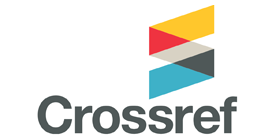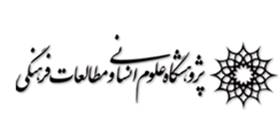Design and Validation product Creativity Evaluation Model in Architectural Design Education
Keywords:
product creativity, evaluation, architectural design educationAbstract
Purpose: This study aimed to plan and validate the product creativity evaluation model in architectural education. According to three product creativity evaluation models: CPAM, CSDS and PCMI. Methodology: The research was applied in terms of purpose and in terms of data collection among descriptive studies was correlational and in terms of method was mixed exploratory research. The statistical population in the qualitative section included all experts in education and creativity in Mashhad. A sample of 10 people was selected by purposive sampling using the principles of theoretical saturation from the mentioned community. In the quantitative part, the statistical population included all university professors in the field of architecture in Mashhad, and 150 people were selected by random sampling. The required data was collected in the summer of 2020 using semi-structured interviews and upstream documents in the qualitative phase. The measurement tool in the quantitative section was a researcher-made questionnaire whose construct validity was calculated using factor analysis, and the reliability value through Cronbach's alpha coefficient was 0.82. The researcher carried out qualitative data analysis using the thematic analysis coding approach developed by Braun and Clarke and quantitative data analysis using the partial least squares method. Findings: The results revealed that five components with 12 indicators make the status of novelty with two markers of originality and surprise. Relevance to the problem includes two indicators of regulatory compliance and practicality. In addition, the effectiveness of solutions has three indicators, namely meeting the needs of contacts, being environmentally friendly, and having durability. Design elements include two indicators, details (well-defined component) and elegance, and the collection of design elements contains the three indicators of harmonization, completeness, and well-formation (well-crafted) at the 95% confidence interval (p = .001). In addition, confirmed element analysis of the obtained components revealed that all factor loads were significant, and there is an acceptable agreement between the creativity model of architectural design products and the data. The heavy element load related to novelty (0.91) and the light one are related to the collection of design elements. Conclusion: Based on the findings, it can be concluded that according to the experts, the factor of novelty, such as originality and surprise, along with functional factors such as relevance, effectiveness, and artistic factors consisting of the design of elements, and the collection of design elements affects the designing creativity evaluation model of problem-solving results.
















